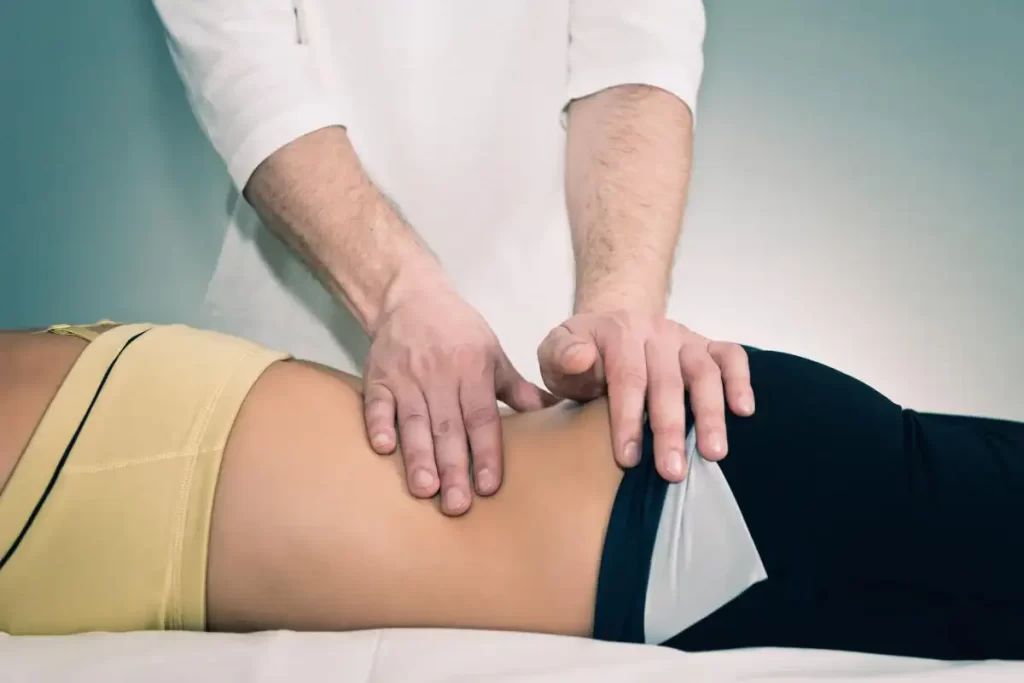If you’ve been dealing with chronic muscular discomfort and tension, you may have heard about Trigger Point Therapy Services as a possible remedy. This kind of massage treatment differs from the norm in that its primary goal is the alleviation of pain and mobility restrictions caused by chronically contracted muscles, sometimes called trigger points. Feelings of both excitement and wonder may wash over you as you enter your first session. If you want to feel more at ease and ready for a therapeutic session, it helps to know what to anticipate.
The First Consultation: Finding the Sources of Your Discomfort
We will start your first session with a thorough consultation. The therapist will need to know your current health status, your behaviors, and where you’re experiencing pain. They could ask about any injuries you’ve had in the past, problems with your posture, or things you do regularly that might be causing muscular stress. This is an important first step since it allows the therapist at Targeted Pain Massage Manhattan to better meet your requirements throughout the session. After that, your therapist may do an examination using palpation to find and identify the specific muscle groups that are causing you discomfort.
Step One: Finding and Removing the Knots
The actual process starts when your therapist pinpoints the problematic locations. Trigger Point Therapy Services differs from conventional massage because it delivers persistent, direct pressure to specific locations. This may be accomplished using the therapist’s hands, elbows, or specific instruments. No matter the strength of the pressure, it should never go beyond your comfort zone. A condition called “referred pain” might occur if the pain travels from one part of your body to another. This may seem odd at first, but it really indicates that the therapist is hitting the mark.
Experiencing Pain or Relief During the Session
A relaxing, spa-like session is not the intended goal of trigger point treatment. Instead, the therapist may massage through tight muscle fibers, which might cause you to experience varied degrees of pain. Having said that, you shouldn’t ever find this pain intolerable. A lot of individuals say it’s a “good pain” that helps them relax and feel better immediately. The tension that you felt at the beginning of the session may begin to loosen and relax as the session continues. Tell your therapist if you’re feeling overwhelmed or if you need to make any changes; open communication is essential.
Relaxation and Breathing: An Essential Part
As a trigger point therapist, you will play an active role in the healing process. As they apply pressure, your therapist at Targeted Pain Massage Manhattan may advise you to take deep breaths to relax your muscles. This may lessen any short-term pain while also increasing the treatment’s efficacy. Staying relaxed and focused on your breathing during the exercise will greatly alleviate any discomfort that may arise. If you can get into a relaxed state, the therapist will have an easier time releasing the trigger points.
What Comes After Treatment
You may feel instant alleviation after the session, but it’s also normal to feel slight discomfort in the regions that were treated. You may compare this pain to that you would experience after a strenuous exercise; however, it usually goes away within a day or two. If you’re still feeling tight after therapy, your therapist may suggest hydrating, stretching gently, or even using a heating pad. While some patients report less pain and more mobility after a single session of Trigger Point Therapy Services, others may need many sessions to get the full benefits. Being patient and consistent is essential since everyone reacts differently.
Maximizing the Advantages via Self-Care and Follow-Up
The best way to get the most out of trigger point treatment in between sessions is to follow the instructions your therapist will give you. This could include Assisted Stretch Therapy Services, changes to one’s posture, or even self-massage using a massage ball or foam roller. Ergonomic adjustments to your workstation or daily habits may be recommended if they determine that your discomfort is caused by overuse injuries or bad posture. If you follow these suggestions, you’ll speed up your recuperation and keep trigger points at bay.



